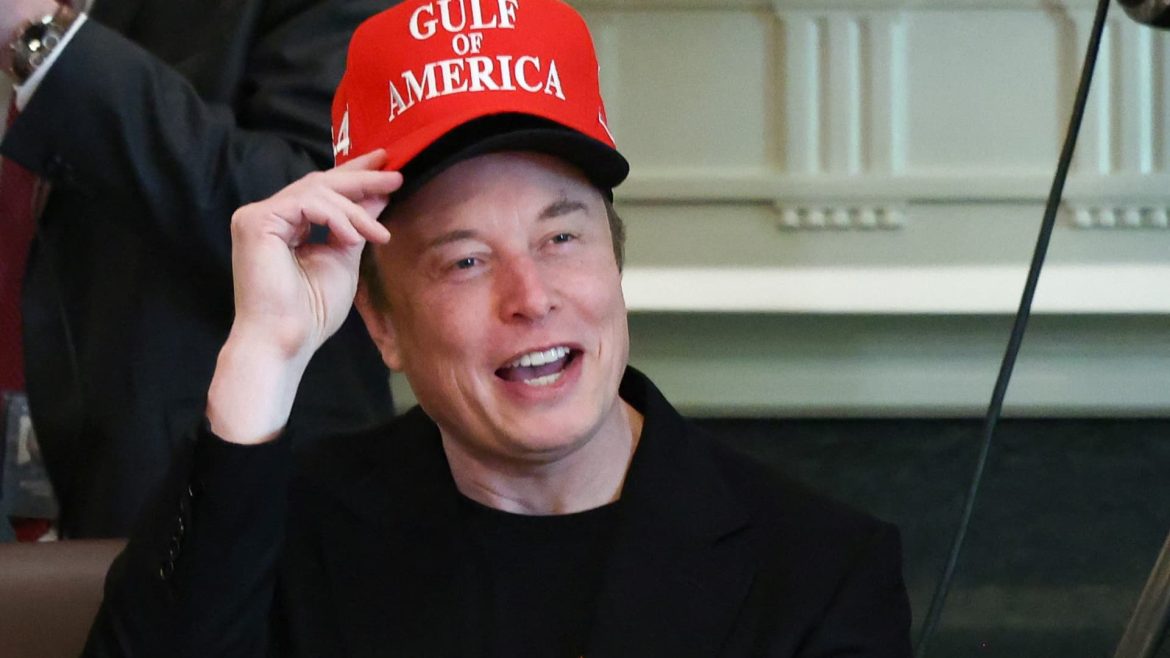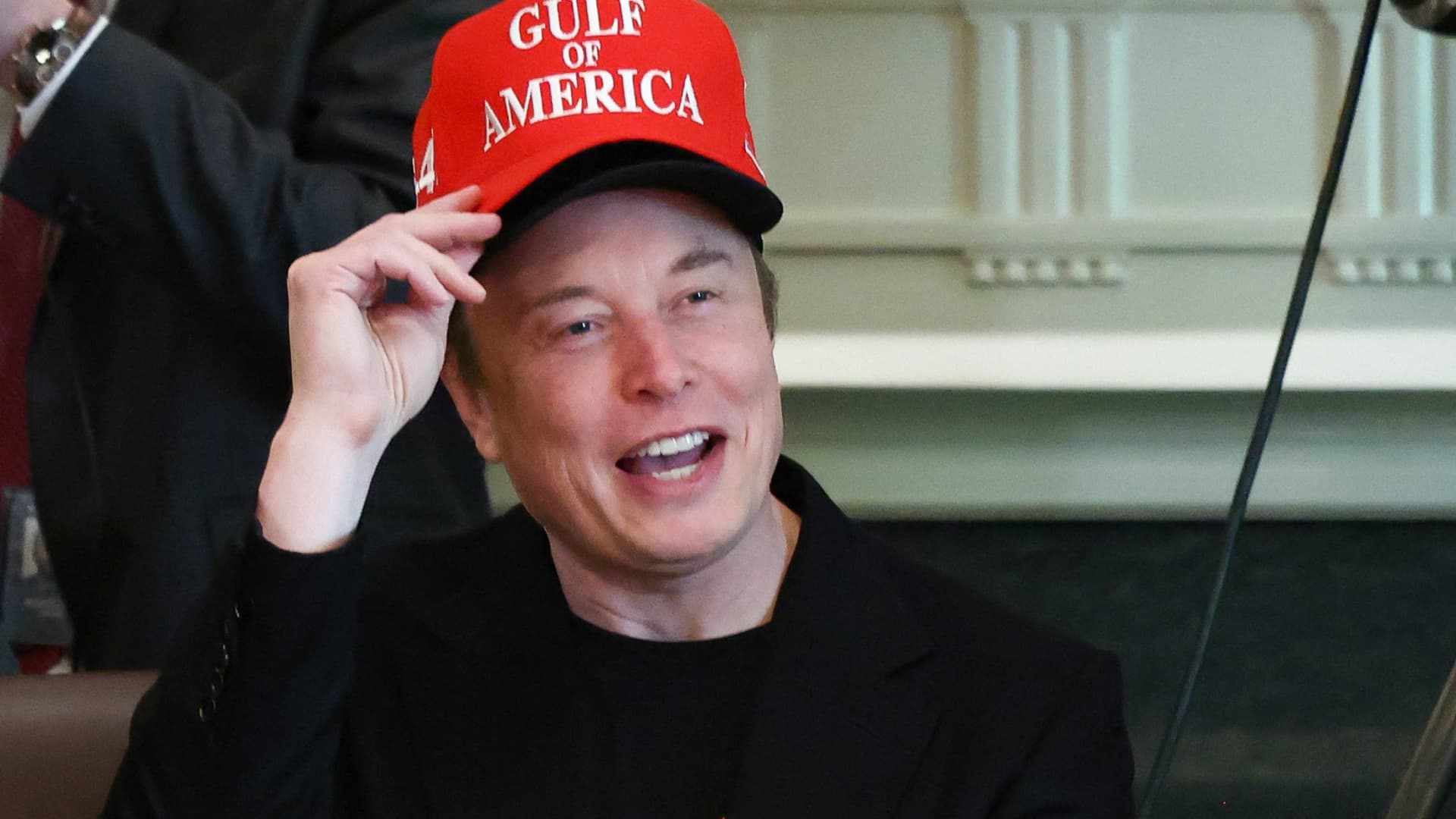Elon Musk’s Role in the Trump Administration: A Closer Look at DOGE and Government Efficiency Efforts
Elon Musk’s recent tenure as a Special Government Employee within President Donald Trump’s administration, particularly through his involvement in the Department of Government Efficiency (DOGE), represents a notable experiment in leveraging private sector expertise in public sector reform. As Musk concludes this stint, it is valuable to examine the initiatives he championed, the controversies surrounding his role, and the broader implications for government spending and bureaucratic reform.
—
The Genesis of DOGE: A Bold Push for Trimming Government Spending
Co-led by Elon Musk and biotech investor Vivek Ramaswamy, DOGE was established as a cornerstone of Trump’s agenda to address what was described as rampant government waste, fraud, and inefficiency. The department aimed for an ambitious target: identifying and eliminating up to $2 trillion in unnecessary federal expenditures. This initiative aligned with conservative calls for leaner federal spending and deregulation, promising a startup-like approach to federal bureaucracy.
In public statements and social media posts, Musk highlighted the goals of DOGE to “reduce wasteful spending” and “slash excess regulations.” Trump himself lauded the department, calling its progress a “very big success” within his first 100 days, with claims of uncovering hundreds of billions of dollars in waste.
—
Musk’s Approach: Silicon Valley Tactics in a Federal Landscape
Musk’s vision for government efficiency drew heavily on principles familiar in the tech world — rapid innovation, startup methodology, data-driven audits, and aggressive cutting of redundant functions. His critique of federal agencies often noted that “it’s effectively a startup” yet burdened with legacy issues and inefficiencies. Reports indicated initiatives aimed at streamlining operations, freezing certain expenditures (such as a 90-day freeze on U.S. Agency for International Development funding), and proposing deep cuts across various federal programs.
However, the government context presented unique challenges. Unlike private enterprises, government agencies have legal mandates, political considerations, and social responsibilities that complicate straightforward budget cuts. Musk’s reflections on these difficulties revealed some tension: while seeking to eliminate “waste and fraud,” he also voiced frustration with political obstacles, particularly criticizing segments of Trump’s tax and immigration bills that he regarded as “massive spending” initiatives.
—
Controversies and Criticism: Navigating Political and Practical Complexities
Musk’s role attracted both acclaim and controversy. Supporters praised his efforts to confront what they saw as entrenched government waste, applauding his willingness to apply business acumen to public institutions. President Trump’s public praise underscored this narrative, framing Musk as a pivotal figure in the administration’s push for fiscal responsibility.
Conversely, critics questioned the efficacy and motivations behind the initiative. Skeptics noted the difficulty of pinpointing genuine waste versus essential public investment and cautioned against overly aggressive cuts that might harm critical services. Some pointed to Musk’s substantial personal financial contributions to Trump’s campaigns as potential conflicts of interest or as aligning his reform agenda with political ambitions rather than purely administrative efficiency.
Furthermore, Musk’s departure came amid his public objections to parts of Trump’s policy agenda, specifically tax and immigration legislation, which he felt contradicted his mission to reduce government spending. This culminated in Musk officially announcing his exit from his advisory role and DOGE as his “scheduled time” in government came to an end, thanking Trump for the “opportunity to reduce wasteful spending” but signaling a turbulent tenure.
—
The Larger Picture: What Did DOGE Achieve?
Assessing DOGE’s concrete achievements is challenging due to limited public data on its specific interventions and the intertwined political messaging from the Trump administration. Claims of uncovering “hundreds of billions” in waste have been repeatedly cited but remain to be independently verified or translated into lasting policy changes.
However, the existence of DOGE itself sparked conversation about new models for governmental reform—specifically the role of outside experts and private sector methodologies in public administration. Musk’s tenure highlighted the potential and limits of such approaches, especially in navigating the political economy of federal governance.
—
Conclusion: An Experiment in Government Reform with Lessons for the Future
Elon Musk’s engagement with the Trump administration’s Department of Government Efficiency embodied a significant, if turbulent, experiment at the nexus of technology, business, and federal governance. While ambitious in scope — targeting trillions of dollars in waste and redesigning bureaucratic operations — the effort underscored the complexity of transforming government institutions.
Musk’s departure leaves open questions about the sustainability and impact of DOGE’s initiatives, the feasibility of tech-driven efficiency models within the public sector, and the balance between fiscal discipline and the government’s social responsibilities. Ultimately, this episode serves as a compelling case study in the challenges of public-sector reform, the politicization of budgetary matters, and the evolving role of high-profile private-sector leaders in shaping government policy and practice.





